Wolf Imprinting: Myth Or Reality?
Wolf Imprinting, could it really happen or is it just a figment of Hollywood’s imagination?

If you’re a fan of wolf/werewolf movies, literature, and such, you may have come across the term “imprinting” at some point or the other.
Imprinting is a term referring to a type of learning that occurs in a critical period early in an animal’s life. It occurs within the very first few hours or minutes after birth. At this time, it forms attachments while also developing a realization of its own identity.
Thus, the first individual the new born sees, they will regard as their mother or parent.
For instance, birds and especially ducks are born with a drive to imprint onto their mother. But interestingly, newborn ducks can imprint on objects and even humans. Therefore, they will see that object or person as their “mother” and attempt to follow it around.
So, how did the the theory of wolf imprinting become so popular and is there any truth in it at all?
Let’s look at what’s true and what’s not below.
The Facts
During imprinting, young animals rapidly acquire a primary social bond to their parents. It’s a sensitive period and can only occur during a very limited time.
This phenomenon is particularly noticeable in bird species like ducks and other waterfowls, chickens, and turkeys. Imprinting can also occur in mammals for instance guinea pigs according to research by Hess (1959) and Shipley (1963).
In every case of imprinting, researchers observed the young animals following their mothers about.
As mentioned before, it’s interesting to note that the object imprinted on may not necessarily be the mother of the young creature.
Although, with time the animal will outgrow the tendency to follow its mother around, the attachment still exists.
Why Is Imprinting Important?
- It determines the cohesiveness of animal groups.
- It is important for the immediate survival of newborns.
- The young animals learn species-specific survival skills and behaviors that are useful for life.
- For continuation of the species, it’s important as it influences the nature of their sexual behavior.
Precocial species (animals that are relatively mature and mobile at birth such as ducks) are particularly prone to imprinting.
Imprinting: Very Serious Indeed
Imprinting is a serious phenomenon indeed and should not be taken lightly. In animals that imprint, it can happen within the first few hours or even minutes after birth. In some cases, the animals will begin to follow the imprinted object about and will not be induced to stop following.
However, it will gradually reduce as the animal ages.
Let’s look at one demonstration of how serious imprinting really is.
An ethologist named Konrad Lorenz carried out an experiment on goslings after they just hatched. He called out to them and they promptly followed him about watching his every move.
With time, this particular set of geese grew up to associate with Konrad Lorenz and that changed their behavior completely.
In fact, the geese ended up preferring the company of humans to their own kind. And the male geese saw human females as potential sexual mates.
Wolf Imprinting: What’s The Deal?
The Folklore
For one thing, we can thank Hollywood for romanticizing the idea of imprinting specifically in the Twilight Saga: Eclipse.
In the movie, Jacob (a werewolf) tells Bella “It’s more like… gravity moves… suddenly. It’s not the earth holding you here anymore, she does… You become whatever she needs you to be, whether that’s a protector, or a lover, or a friend.”
The movie would have us believe that imprinting is a process through which werewolves find their soulmates. So, when the werewolf imprints on a female, he is now unconditionally bound to her – for life.
He will do anything and everything to please her and protect her.
The Facts
It appears the early life processes of other social animals and higher mammals like wolves and humans contain features highly similar to that of bird imprinting. However, it’s described as socialization rather than the same pattern of imprinting seen in the precocial birds mentioned earlier
That’s why humans, for instance, have an attachment to their mother, father, and siblings. These early social experiences help individuals become grow an attachment to others of the same species.
But make no mistake, imprinting or socialization is also extremely important in wolves too though its more survival-based rather than romantic as the movies would have us believe.
For instance, it’s very important as regards wolf pup breeding.
After a wolf gives birth, she and other members of the pack will care for the newborns. Now, remember that these pups will not open their eyes till about 10 to 15 days. At the point they open their eyes that’s when their own “imprinting” happens.
It’s critical at this point that so the pups can become a part of the pack.
Another instance is where there are captive wolf breeding programs. In this case, breeders will try to insert a captive born pup into the new litter of a wild she-wolf. However, this must be done before the pup opens its eyes. If all goes well, the she-wolf and the rest of the pack will accept the new pup in the pack.
This is commonly seen in programs like the Red Wolf breeding programs in the USA.
But if pup’s eyes are already open before joining the new litter, it’s very likely the wild she-wolf will kill the foreign pup.
Not Like The Birds Or The Movies
So, in essence, a form of wolf imprinting does occur but not in the follow-around kind seen in birds or the highly romantic Hollywood version.
A wolf will always retain its individualism and wild nature. Unlike the geese in the experiment with Konrad Lorenz, a wolf not lose it’s own identity and forget its predatory and often dominant nature. That’s even when it’s raised from birth with milder species like domestic dogs.
People that have chosen to raise wolves or wolf-dogs as pets have come to realize that over and over again.
Wolf imprinting manifests as primary socialization at a young age and is very different from the classical and more well-known imprinting phenomenon in birds.

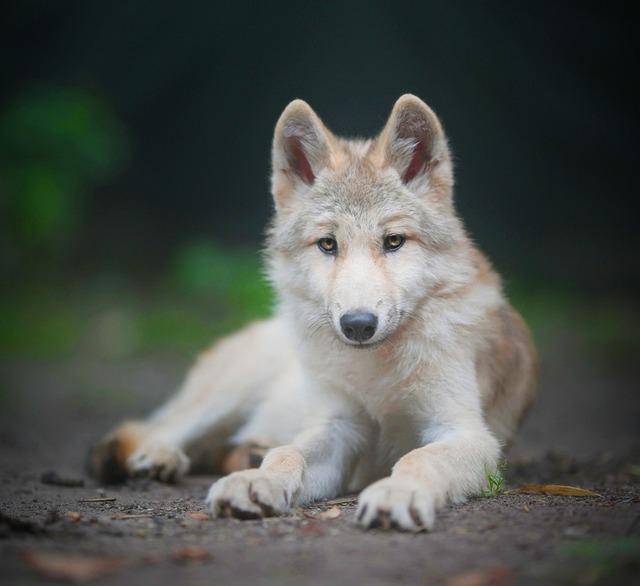
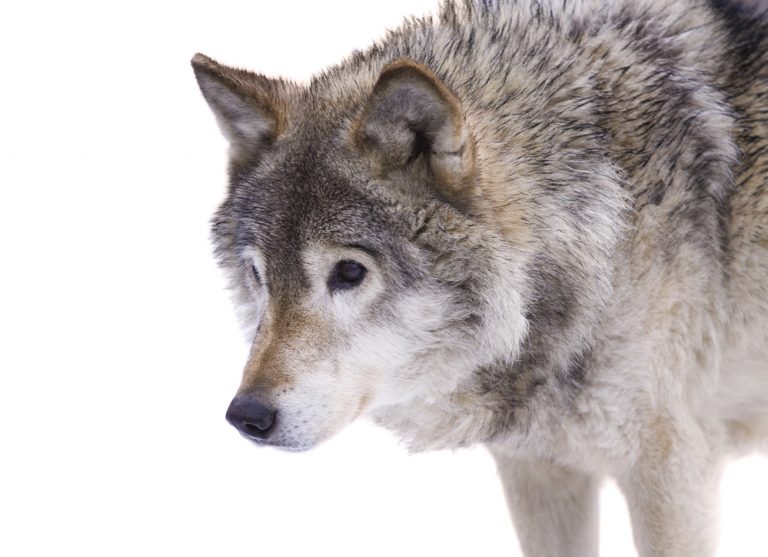

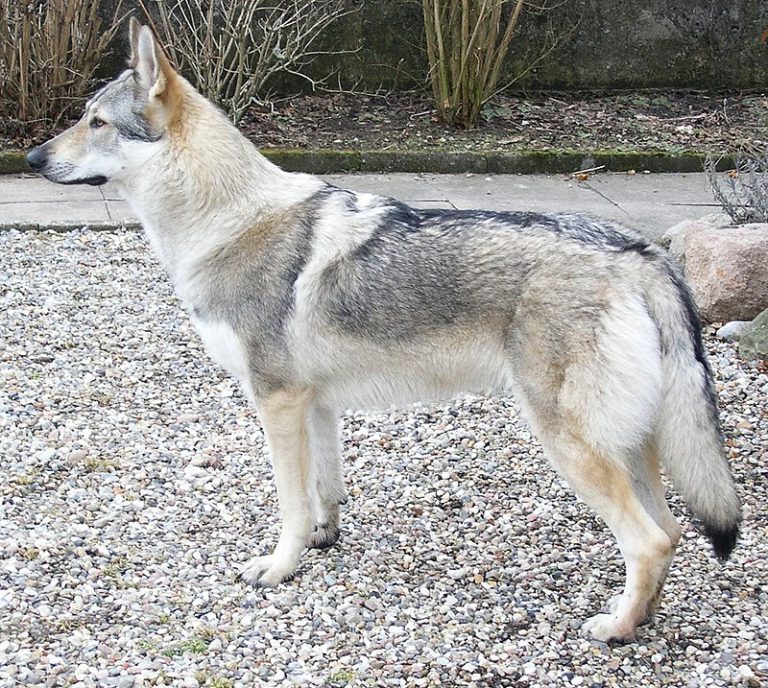
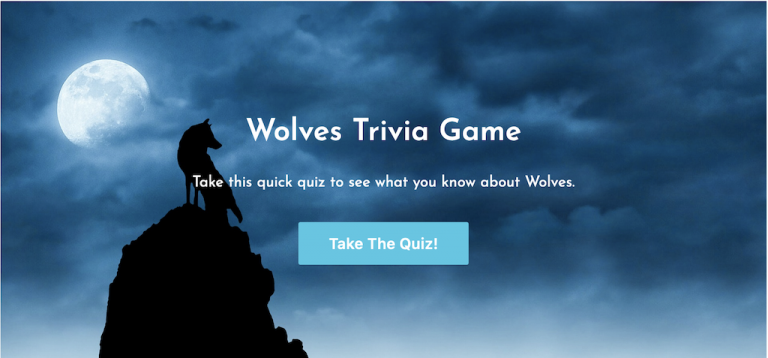
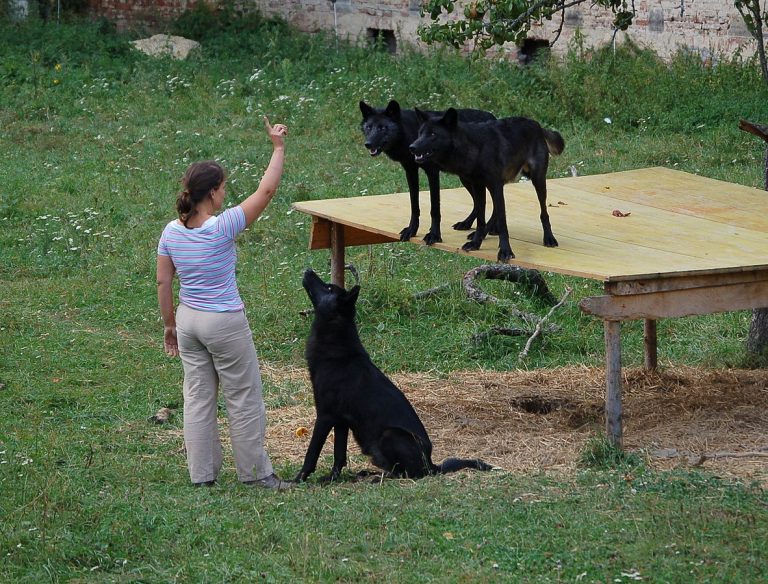
🐺